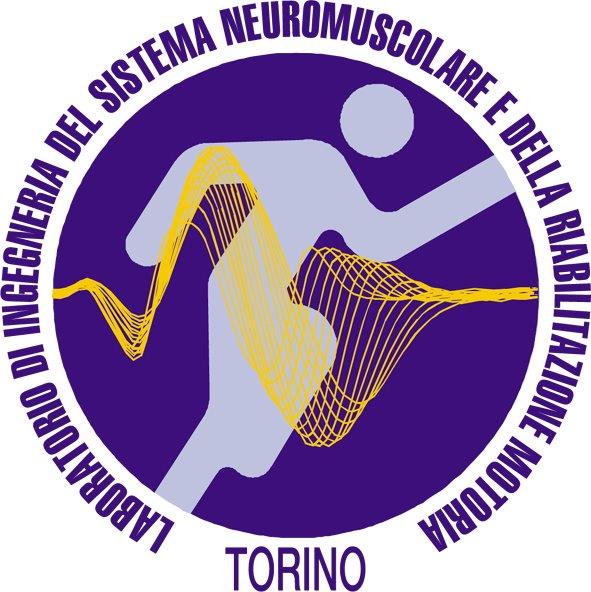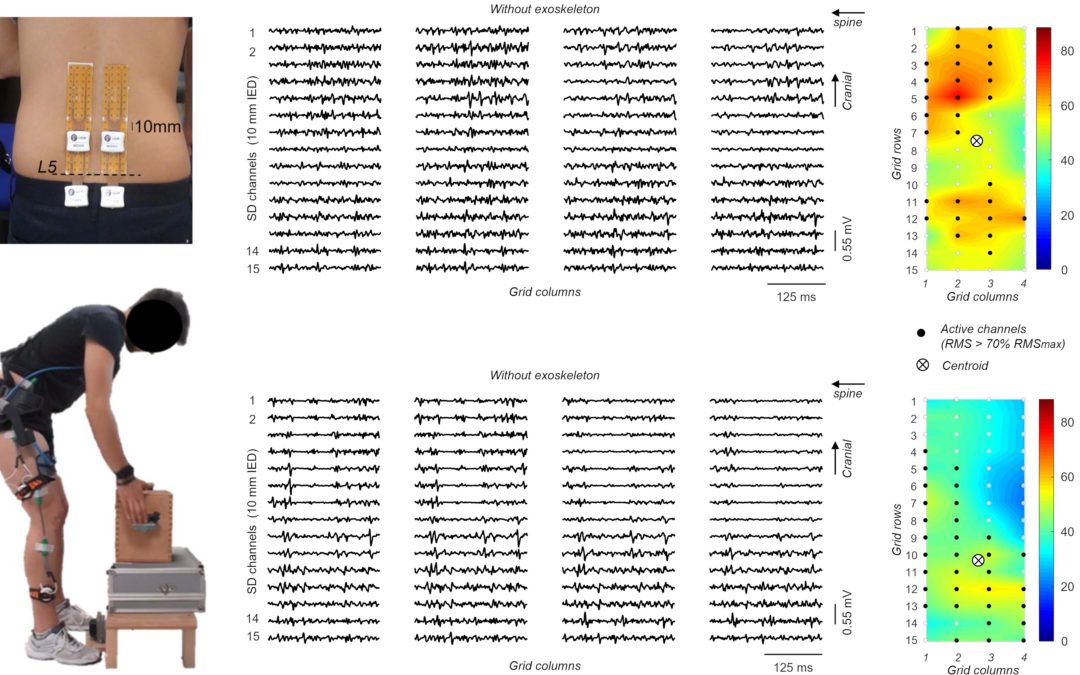F.V.dos Anjos, M.Ghislieri, G.L.Cerone, T.P.Pinto, M.Gazzoni
Journal of Biomechanics
Volume 130, January 2022, 110846
PMID: 34749163
DOI: 10.1016/j.jbiomech.2021.110846
-
Abstract:
Exoskeleton effectiveness in reducing muscle efforts has been usually assessed from surface electromyograms (EMGs) collected locally. It has been demonstrated, however, muscle activity redistributes within the low back muscles during static and dynamic contractions, suggesting the need of detecting surface EMGs from a large muscle region to reliably investigate changes in global muscle activation. This study used high-density surface EMG to assess the effects of a passive trunk exoskeleton on the distribution of low back muscles’ activity during different working tasks. Ten, male volunteers performed a static and a dynamic task with and without the exoskeleton. Multiple EMGs were sampled bilaterally from the lumbar erector spinae muscles while the hip and knee angles were measured unilaterally. Key results revealed for the static task exoskeleton led to a decrease in the average root mean square (RMS) amplitude (∼10%) concomitantly with a stable mean frequency and a redistribution of muscle activity (∼0.5 cm) in the caudal direction toward the end of the task. For the dynamic task, the exoskeleton reduced the RMS amplitude (∼5%) at the beginning of the task and the variability in the muscle activity distribution during the task. Moreover, a reduced range of motion in the lower limb was observed when using the exoskeleton during the dynamic task. Current results support the notion the passive exoskeleton has the potential to alleviate muscular loading at low back level especially for the static task.
Keywords:

